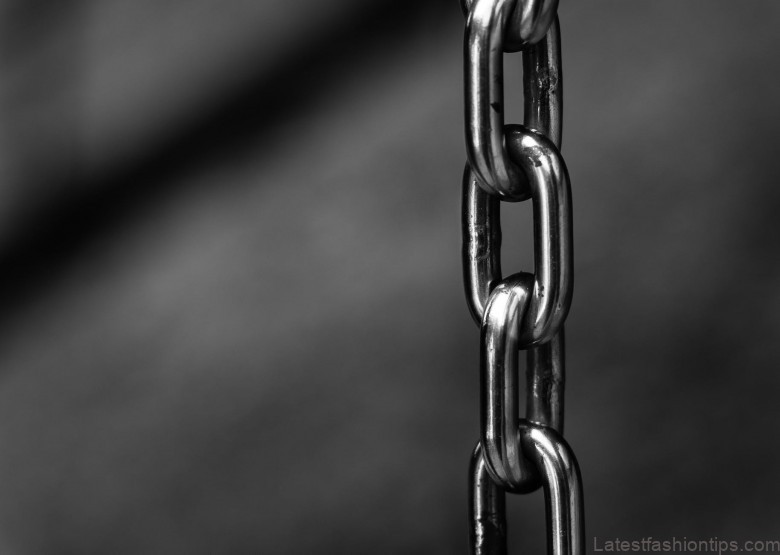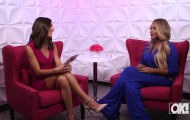Air travel for child11
Travelling anywhere with young children is never easy, but going by air is probably the most convenient if you organise yourself properly. If you are travelling with a very young baby (infants can travel by air from the earliest weeks) ask for one of the front seats so that you are first to be served and are near the toilet. Sky cradles are available on international flights but they must be booked well beforehand and are only suitable for small babies.
A lightweight compact pushchair or baby buggy is handy for getting the baby to the plane since there is usually a very long walk from the departure point at international airports. (You can take the fold-up baby buggy aboard the plane.) Ground hostesses are there to help you but it is better if they carry equipment rather than the baby who may start screaming at the sight of a strange face-.
When travelling with a baby it is wise to take a supply of disposable nappies in case supplies run out in the plane, and bring your own bottles, ready made-up, with teat covers on. They can be heated by the cabin staff. Although baby foods are carried on the plane they may not be the kind your baby is used to, and getting them from the crew can sometimes mean a long wait with a crying baby. Pack a light holdall with everything you will need for the flight: nappies, bottles, plastic spoon, jars of baby food, moistened cloths (you can buy these in a handy plastic jar or make your own by cutting a few disposable nappy liners in two and moistening with water; fold separately and keep in a plastic bag), a change of clothes for the baby – in case she gets sick over what she is wearing, and a clean top for you in case she gets sick over you!
A small bottle with doses of painkiller – paracetamol or childrens aspirin is best. If she is more than a few months old take her favourite small toy or cuddly. The change in air pressure on take-off and landing can cause a sharp pain in the babys ears so let her suck on a dummy so that the swallowing action will help equalise the pressure. (An older child should hold her nose and swallow to relieve pressure in the ears.) You can also ask your doctor or pharmacist for a suitable nasal decongestant which will help relieve pressure. If you give her a bottle of milk on take-off she could bring it up again a few minutes later. If you are breast feeding wear a suitable dress and carry a large light shawl so that you can cover yourself and the baby when feeding on board, or direct it away from you.
Travelling with older children can be made reasonably painless with a little forethought. Again, ask for a seat near the front and ask if you can have a few seats left unoccupied around you if the flight is not full. Explain that it is for the comfort and safety of the other passengers as much as for your own. Pack a small, light case with goodies for your children on the flight. Some airlines have novelties for children, but they cannot be relied on and are not always available when you need them. A small box of crayons, a thin colouring-in book, some glucose sweets for take-off and landing, any other noiseless novelties like finger puppets, magic slate, a small doll, car game or whatever. . . The toys should preferably be new so that they have the attraction of novelty, but include an old favourite and dont leave the security blanket (if she has one) behind! You will also need damp cloths for the inevitable sticky hands and mess.
Waiting for a flight and going through customs can take hours, so make sure your children have had a good meal before you leave for the airport: it could be a long time before they get another, so include a packet of biltong or a dried fruit stick or cheese wedges in their cabin bag. If you request vegetarian or kosher food when you make your booking on international flights you will be served first.
It is wiser not to give children a sedative before a flight as it often has the opposite effect of making them belligerent and groggy, but not enough to send them to sleep. If you are on a night flight and your toddler finally falls asleep, you should scour the plane for two free seats together so that you can lie her down and perhaps get a few minutes rest yourself. Fasten a note with a safety pin on her giving her name and your seat number so that you can be found quickly when she wakes. In fact, it is a good policy to label all your children before the flight with full name and destination. Some children get air-sick, so travel prepared with air-sickness tablets and, before the flight, dose her according to the manufacturers instructions if you think she will feel queasy.
Maybe You Like Them Too
- 50 Unique Travel Destinations You Must Visit Before You Die
- Tamar Braxton A Life in Music
- Sunny Hostin A Biography
- Steve Coogan A Life in Comedy
- Sterling K Brown A Biography


